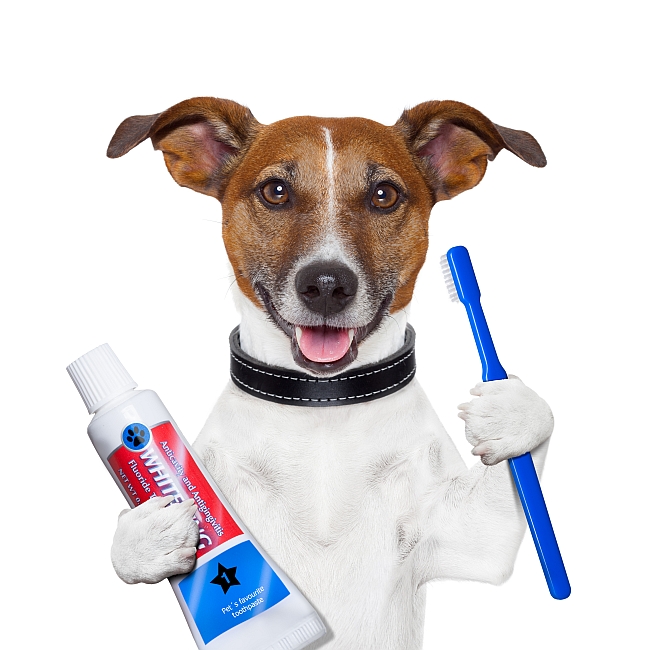 These are the facts: dental disease is one of the most common health concerns in felines. Similarly, an estimated 85% of dogs 5 years or older will suffer from periodontal or gingivitis (gum disease). Plaque build-up hardens into tartar which causes inflammation of the gums, swelling, and room for bacteria to grow. Since the mouth is a passageway into the body, the bacteria can travel to different organs causing serious infections in the kidney, liver, or heart, etc. All of this is caused because of unchecked bacteria growing in the mouth. Suddenly brushing your pet’s teeth seems more important than you first thought, right?
These are the facts: dental disease is one of the most common health concerns in felines. Similarly, an estimated 85% of dogs 5 years or older will suffer from periodontal or gingivitis (gum disease). Plaque build-up hardens into tartar which causes inflammation of the gums, swelling, and room for bacteria to grow. Since the mouth is a passageway into the body, the bacteria can travel to different organs causing serious infections in the kidney, liver, or heart, etc. All of this is caused because of unchecked bacteria growing in the mouth. Suddenly brushing your pet’s teeth seems more important than you first thought, right?
What you need:
Assemble the right tools for brushing your pet’s teeth. Try to be consistent about brushing daily, or at least several times a week. Frequency also will depend on the breed of dog, since smaller dog breeds (such as Bulldogs, Yorkies, Pugs, and Shih Tzus) tend to have teeth crowding, and may need more attention given to their oral hygiene.
- Brush: Pet stores have specific soft brushes available, as well as finger-cap brushes and similar products. If these are not working for your cat or dog, wrap a firm cloth around your finger and proceed.
- Toothpaste: DO NOT use human toothpaste. While this may seem like a great money-saver, our toothpaste is not good for pets, since fluoride is poisonous to them. Pets accidentally swallow plenty of the paste, so be sure to use products intended for animals. Pet stores sell many flavors from mint, to peanut butter, to liver or chicken; so there is bound to be a flavor your little pal will love!
How to Brush: Step-by-Step
- Start the process: Hold your pet’s head under the jaw line and speak soothingly to him. Put a finger on both the sides of his mouth, then release. Give him a treat. Do this again, putting your fingers further in his mouth, and rubbing his teeth and lifting his lips. Then release and give him another treat. Repeat this preliminary process a few times, having more and more contact with opening the mouth/touching the gums and teeth until the day you are ready to begin brushing. Because of the slow progression and treats, he may actually look forward to it!
- Put toothpaste on the brush, and lift your pet’s upper lip.
- Brush away from the gums on the outside of your pet’s teeth on both sides of the mouth
- When your dog or cat is more comfortable, open their mouths wider and brush/scrape the inside of their teeth, always brushing away from the gums.
- After you have brushed your pet’s teeth, reward them with a tasty dental chew (which will feel like a treat, without undoing any of your work). This will help them look forward to brushing on the next occasion.
Remember that this process may take several weeks of gradual training before your cat or dog becomes used to a full brushing session. Try not to exceed 5 minutes each time you brush, or if will be more difficult to commit to. Even if you progress slowly, or your pet gets fidgety and impatient, keep on training him until you are able to full access all his teeth. He will be much healthier in the long run, and happy to receive a treat at the end of each routine brushing session.

